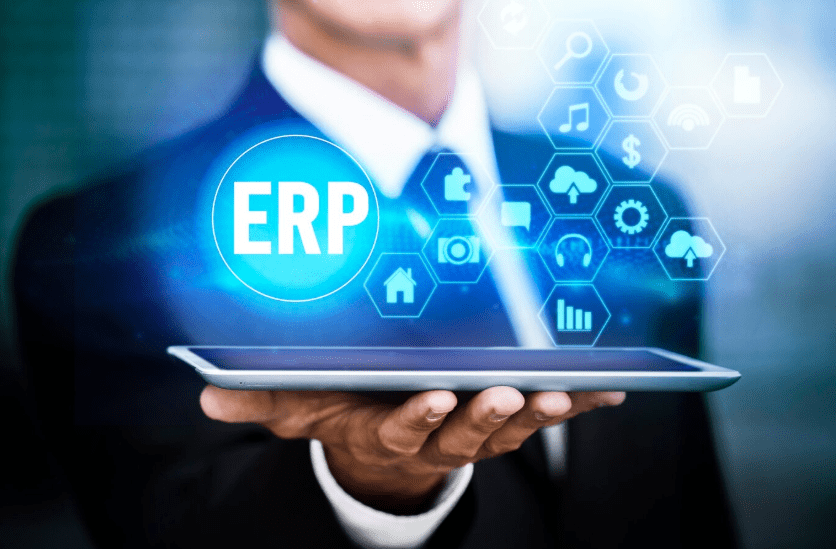
Table of Contents
In 2025, ERP (Enterprise Resource Planning) systems are at the heart of how businesses operate and grow. No longer just tools for accounting or inventory, ERPs now unify entire organizations under one intelligent, cloud-first platform. With the pressure of managing dispersed teams, rising customer expectations, and data across countless channels, modern ERP is the digital command center every business needs.

The Evolving Role of ERP
Modern ERP systems do more than process transactions. They connect departments, remove data silos, and provide real-time insight for decision-making. From HR and finance to logistics, sales, and customer service, ERP creates one source of truth across your business.
Key outcomes include:
- Real-Time Analytics: Faster, more confident decision-making
- Operational Efficiency: Less duplication, smoother collaboration
- Growth-Ready Architecture: Modular design scales as your business expands
- Customer-Centricity: Improved service and fulfillment through connected systems
2025 ERP Trends to Watch
- Cloud ERP Adoption: Cloud-native platforms like Oracle ERP Cloud and SAP S/4HANA are leading, offering agility, easier upgrades, and mobile access.
- Built-In AI Capabilities: AI features assist with tasks like forecasting demand, spotting errors, automating approvals, and optimizing inventory.
- Modular ERP Systems: Businesses can deploy what they need when they need it, minimizing disruption and cost.
- User-First Interfaces: Intuitive dashboards, mobile-first designs, and simplified workflows improve adoption and usability.
- Industry-Specific Features: From healthcare to construction, ERPs are now tailored with built-in sector logic to speed up time to value.
The Business Value of ERP
Real companies are already seeing the difference:
- A freight operator used cloud ERP to unite its warehouse network, cutting delivery delays by 30%
- A manufacturing SME automated procurement and inventory tracking, reducing waste by 22%
- A restaurant chain centralized POS, supplier data, and reporting, slashing reconciliation time from 3 days to 6 hours
Addressing ERP Challenges
Despite clear ROI, ERP adoption can be slowed by misconceptions:
- Too Expensive? Cloud ERP pricing models make it more affordable than ever
- Too Complicated? Newer platforms focus on intuitive UX and guided onboarding
- Too Isolated? Modern ERPs offer API-ready integrations with existing systems
- Too Risky? With strong change management and user involvement, the transition becomes manageable and effective
Implementation Framework
- Set Goals Clearly: Align ERP to strategic objectives, not just IT outcomes
- Understand Current Workflows: Identify inefficiencies and needs
- Choose Smartly: Match the ERP platform to your size, sector, and ambitions
- Roll Out in Phases: Begin with core modules like finance or inventory
- Support People: Train users, celebrate wins, and evolve based on feedback
The Intelligent ERP Future
ERP is becoming autonomous. By 2026, intelligent agents will:
- Submit reports, reorder stock, and alert managers to issues
- Analyze patterns to fine-tune forecasts and workflows
- Seamlessly connect with IoT, CRM, and HR tech platforms
Cinnex: Guiding Smarter ERP Journeys
At Cinnex, we believe ERP is more than software. It’s the foundation for sustainable growth. We help Southeast Asian businesses select, implement, and scale ERP platforms that meet their operational and strategic needs.
From inventory clarity to smarter financial planning, our ERP guidance covers:
- Business process mapping
- Modular rollout
- Staff enablement and hands-on training
- Long-term support and optimization
We don’t just install solutions—we embed them into your business to drive measurable impact. Ready to bring structure and intelligence to your operations? Let’s get started.















